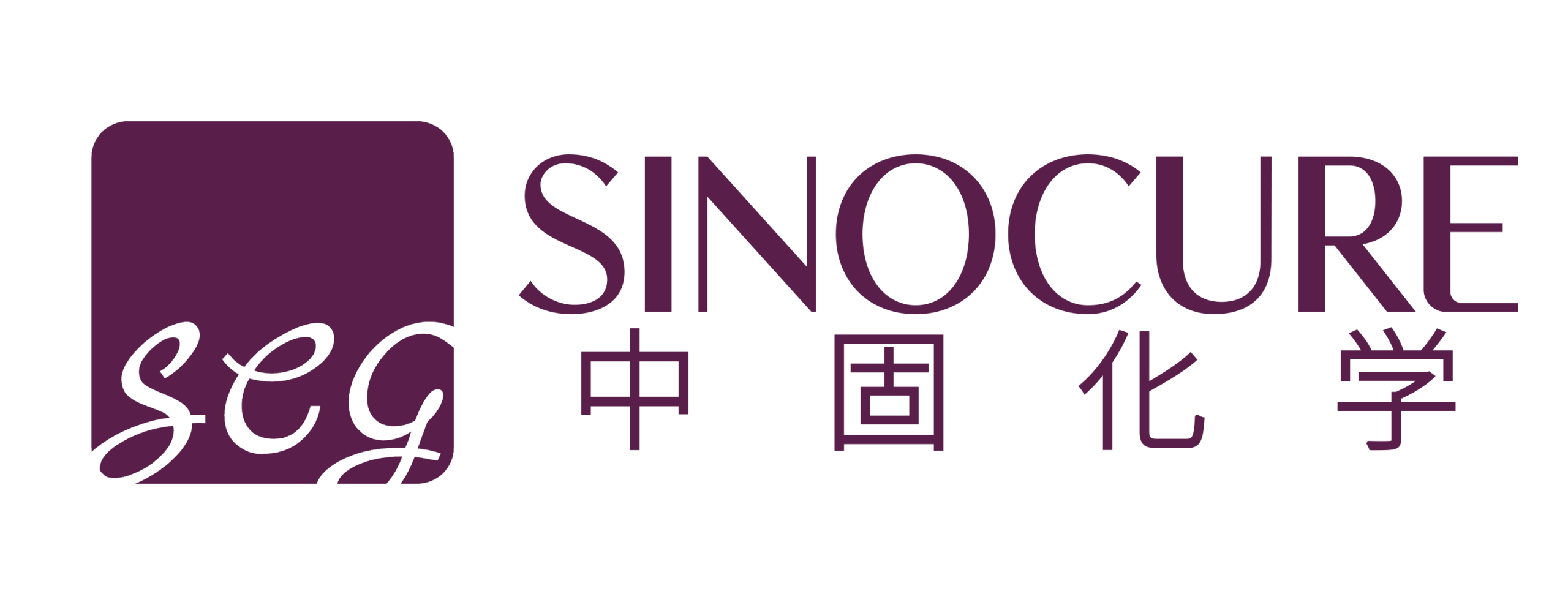1. Chemical Structure and Properties
Pectin is a complex heteropolysaccharide with a diverse structural composition that varies depending on its source and extraction method.
1) Primary Structure
Main chain: Linear backbone of α-(1→4)-linked D-galacturonic acid units
Degree of Esterification (DE): Percentage of carboxyl groups esterified with methanol
High-methoxyl (HM) pectin: DE > 50%
Low-methoxyl (LM) pectin: DE < 50%
Degree of Acetylation (DA): Proportion of galacturonic acid residues acetylated at O-2 or O-3
2) Structural Regions
Homogalacturonan (HG): “Smooth” regions of unbranched galacturonic acid residues
Rhamnogalacturonan I (RG-I): “Hairy” regions with a backbone of alternating rhamnose and galacturonic acid, with neutral sugar side chains
Rhamnogalacturonan II (RG-II): Complex, highly conserved structure with unique sugar residues
3) Molecular Weight
Typically ranges from 50,000 to 150,000 Da
Influenced by source, extraction method, and processing conditions
4) Physical Properties
Solubility: Generally soluble in water, forming colloidal solutions
Viscosity: Dependent on molecular weight, DE, pH, and temperature
Hygroscopicity: Tends to absorb moisture from the air
5) Chemical Properties
pH stability: Most stable at pH 3-4, degradation occurs at extreme pH values
Thermal stability: Depolymerization occurs at high temperatures, especially in acidic conditions
Ion binding: Forms complexes with divalent cations, particularly calcium
6) Gelation Mechanisms
High-methoxyl pectin:
Requires high sugar concentration (>55%) and low pH (<3.5)
Gel formation through hydrophobic interactions and hydrogen bonding
Low-methoxyl pectin:
Gels in the presence of divalent cations (usually Ca2+)
Forms “egg-box” structures through ionic crosslinking
7) Functional Properties
Thickening: Increases viscosity in aqueous solutions
Stabilization: Prevents separation in emulsions and suspensions
Gelling: Forms gels under specific conditions
Film-forming: Creates edible coatings and films
8) Interactions with Other Compounds
Proteins: Forms electrostatic complexes, influencing texture in food systems
Polyphenols: Interacts through hydrogen bonding and hydrophobic associations
Cellulose: Synergistic effects on rheological properties in plant cell walls
This expanded section provides a more in-depth and specialized overview of pectin’s chemical structure and properties. Is there any specific aspect you’d like me to elaborate on further?
2. Natural Sources
Pectin is ubiquitous in terrestrial plants, primarily found in the middle lamella and primary cell walls. Its content and structure vary significantly among plant species, tissues, and developmental stages.
1) Primary Commercial Sources
Citrus fruits:
Lemon (Citrus limon): 2.5-4.0% pectin
Lime (Citrus aurantifolia): 2.0-3.5% pectin
Orange (Citrus sinensis): 1.5-3.5% pectin
Grapefruit (Citrus paradisi): 1.5-2.5% pectin
Apple (Malus domestica): 1.0-1.5% pectin in fresh fruit, 15-20% in dried pomace
2) Other Significant Sources
Berries:
Blackcurrant (Ribes nigrum): 1.0-1.5% pectin
Strawberry (Fragaria × ananassa): 0.6-0.7% pectin
Stone fruits:
Peach (Prunus persica): 0.5-1.0% pectin
Plum (Prunus domestica): 0.5-0.8% pectin
Tropical fruits:
Passion fruit (Passiflora edulis): 0.5-1.5% pectin
Mango (Mangifera indica): 0.2-0.4% pectin
Vegetables:
Sugar beet (Beta vulgaris): 1.0-2.0% pectin
Carrot (Daucus carota): 0.5-1.0% pectin
3) Pectin Distribution in Plant Tissues
Fruit peel/rind: Highest concentration
Fruit pulp: Moderate concentration
Roots and tubers: Variable, generally lower concentration
Leaves: Low concentration, but structurally important
4) Factors Affecting Pectin Content and Quality
Genetic factors: Species and cultivar-dependent
Environmental conditions: Climate, soil type, water availability
Fruit ripeness: Pectin content generally decreases during ripening
Growing season: Variations observed between early and late-season fruits
Post-harvest storage: Gradual degradation during storage
5) Structural Variations by Source
Citrus pectin: Generally high degree of esterification (DE 60-75%)
Apple pectin: Moderate to high DE (50-70%), higher neutral sugar content
Sugar beet pectin: Lower DE (30-50%), higher degree of acetylation
6) Extraction Methods from Natural Sources
Conventional Acid Extraction
Hot acidified water (pH 1.5-3.0, 70-90°C)
Extraction time: 1-3 hours
Yield: 15-30% of available pectin
Enzymatic Extraction
Use of pectinases, cellulases, and hemicellulases
Milder conditions: pH 3.5-4.5, 40-50°C
Potential for higher yields and preserved molecular weight
7) Emerging Alternative Sources
Sunflower (Helianthus annuus) heads: 15-25% pectin in dried material
Okra (Abelmoschus esculentus) pods: 10-15% pectin in dried material
Cacao (Theobroma cacao) pod husks: 8-10% pectin in dried material
3. Industrial Production
Commercial pectin production mainly utilizes citrus peels and apple pomace as raw materials. The industrial process involves:
Extraction with hot acidified water
Filtration and concentration
Precipitation with alcohol
Drying and milling
4. Applications
1) Food Industry
Gelling agent in jams and jellies
Stabilizer in dairy products
Thickener in sauces and beverages
Fat replacer in low-calorie foods
2) Pharmaceutical and Medical Uses
Binding agent in tablets
Controlled drug release systems
Wound healing applications
Dietary fiber supplement
3) Other Industrial Applications
Cosmetics as a thickening agent
Biodegradable packaging materials
Adhesives and coatings
